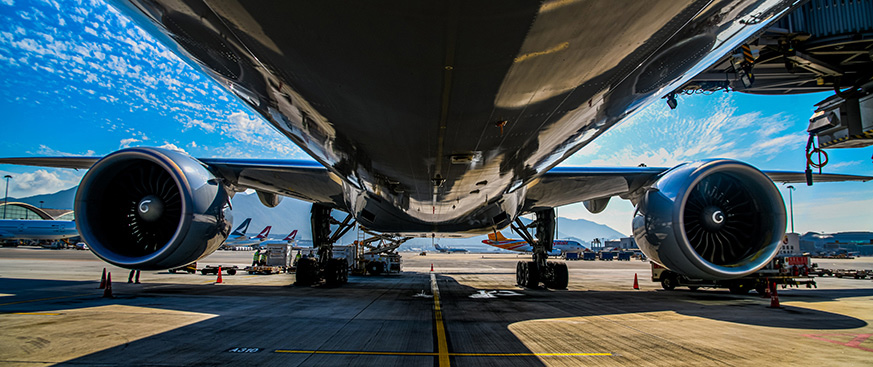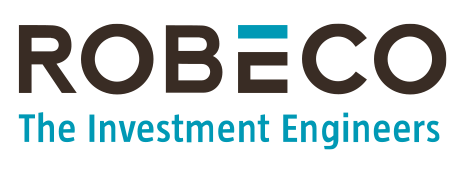The downtrodden Chinese consumer needs a helping hand if the country is to resume its growth flight path, says multi-asset investor Colin Graham.
Speed read
- Chinese consumer spending is hampered by lockdowns in major cities
- Stimulus plans include cutting rates when other countries are hiking
- US high yield sector is also being watched as recessionary threats loom
China has followed four engines of growth: a reliance on exports; massive private investment; a consumer with growing spending power; and public expenditure by the state. However, engine three has been badly hit by a new outbreak of Covid-19 which originated in the country in 2020. The Chinese authorities now plan massive stimulus, including cutting interest rates at a time when Western countries are raising them, says Graham, Head of Multi-Asset Strategies at Robeco. “The latest Covid threat to China’s population’s well-being and prosperity has led authorities to implement severe lockdowns in Shanghai and other regions, while less draconian measures were implemented in Beijing,” he says. “The economic outlook has been decimated, as happens with lockdowns everywhere, and consumers have been driven into hibernation. The Chinese Services PMI registered a reading below 40, indicating a slowdown, resulting in a desynchronization of domestic economy and monetary policy with the rest of the world.” “Where other central banks have been raising rates and tightening financial conditions, the People’s Bank of China (PBoC) has been cutting rates and easing reserve requirements.”
Big stimulus planned
Fiscal stimulus is also at hand. The Chinese government recently announced plans to increase infrastructure spending by USD 45 billion, give the airline industry USD 52 billion in support, and offer tax rebates worth USD 20 billion to the middle classes. “The tax rebates appear to be at the right time in the cycle to kickstart growth, unlike in the US, where the government poured more money into an already overheated economy,” Graham says. “Although using these previous stimulation measures is subject to the law of diminishing returns, the package of measures will kickstart the economy coming out of lockdowns.” “In the near term, the economy will trump the ideology, and President Xi’s vice-premier and prime minister are likely to step down at the 20th Party Conference, allowing the leadership to distance itself from recent dubious Covid-related policy decisions.”
China is still investible
It means China remains an investment opportunity, particularly as commodity demand remains critical to maintaining the country’s status as the factory of the world. “We continue to believe that China is investible either through commodity and raw material demand proxies such as Latin America and Asia, or directly in Chinese companies,” Graham says. “From our vantage point, we can see that these proxies have priced in a much better outlook for the Chinese economy – in fact, the factories kept running during lockdown.” “And the consumer will exit the doldrums with ‘revenge spending’, helping the domestically focussed internet and consumer stocks to recover from historically low valuation levels.”
“More broadly, we are experiencing a desynchronised economic cycle, so as China reopens, this should be a shot in the arm to global growth and unlock the value in the unloved assets that are pricing in a too-pessimistic outlook.”
Is US high yield another recessionary signal?
A separate but related area that investors are watching is the US high yield bond market, the only major asset class that has seen net outflows over the past 12 months. High yield bonds are issued by companies that have sub-investment grade credit ratings because their businesses are riskier, making them more prone to default if a recession does occur. “Recent macroeconomic data releases in developing economies have been indicating slowing growth, and the inflationary scare is morphing into a growth scare, so we are watching the US high yield market with interest,” Graham says. “Fears that the US Federal Reserve cannot engineer a soft landing are well founded in historical analysis, and given the current levels of inflation and unemployment, we have some sympathy with that view. The counter argument is that the Fed has leeway to cool the excess tightness in labor markets, as a small rise in unemployment could be positive to extending the cycle, by allowing them to pause rate hikes.”
A highly cyclical market
One potential problem is that consumer discretionary stocks are now the largest part of the high yield market, accounting for 20% of issuers, while energy remains at around 14%. “So, high yield remains a very cyclical asset, and levels of employment and consumer spending will be a key driver,” Graham says. “Outside of a recession, the current yield levels of the high yield markets look attractive, and the growth scare is being priced in. If we look at our core investment scenario, consumer and corporate balance sheets are in good shape.” “The excesses that we have seen in previous recessions are missing from the obvious places (except maybe government balance sheets) which leads us to think that recession risk is not elevated on a 12-month horizon.” “We think high yield risks are more symmetric than the recessionary skew that markets are reflecting in spreads today, the default risks are still low, and the Fed will pause its rate hikes later this year. So, we’re not unduly worried for now.” Read the full monthly outlook here


